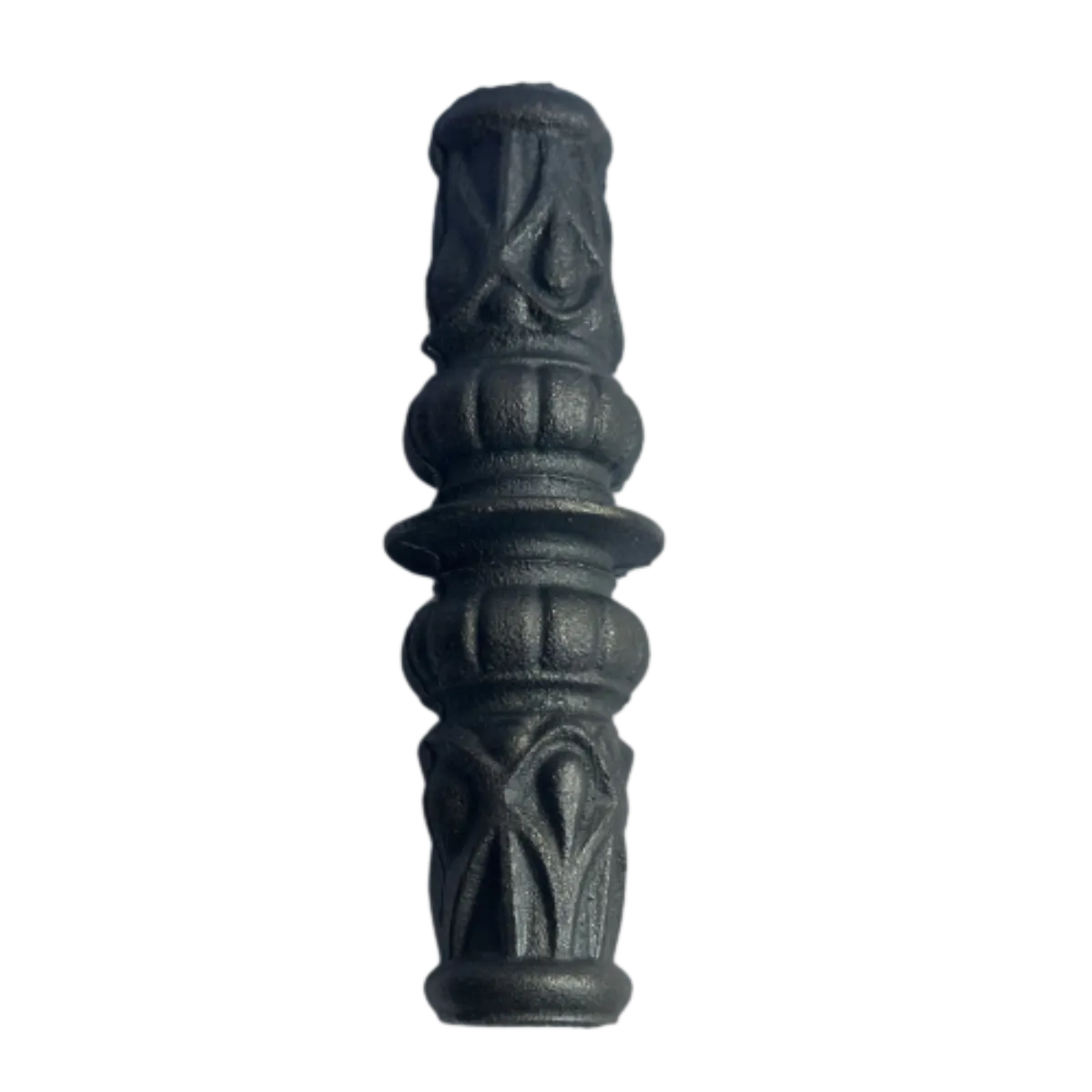casting iron design
The Fundamentals of Casting Iron Design An In-Depth Exploration
Casting iron has been a foundational material in engineering and manufacturing since its discovery in ancient China over 2,000 years ago. Its rich history and versatility make it a critical choice for various applications, ranging from kitchenware to automotive components. The design of cast iron products involves a deep understanding of material properties, manufacturing processes, and application requirements. This article delves into the core principles of casting iron design, highlighting its mechanics, advantages, and considerations in the design process.
Understanding Cast Iron
Cast iron is an alloy primarily made of iron, carbon, and silicon. The carbon content typically ranges from 2% to 4%, which gives cast iron its unique properties. There are several types of cast iron, including gray iron, ductile iron, white iron, and malleable iron, each possessing distinct characteristics suited for specific applications. Gray iron is known for its excellent machinability and castability, making it ideal for engine blocks and pipes. Ductile iron, enriched with nodular graphite, offers enhanced tensile strength and ductility, making it suitable for heavy machinery and automotive parts.
Design Considerations
When designing cast iron components, several key factors must be taken into account
1. Mechanical Properties Understanding the mechanical properties of the specific type of cast iron is crucial. The tensile strength, yield strength, hardness, and wear resistance dictate how the material will perform in its intended application.
2. Heat Treatment Heat treatment can significantly affect the properties of cast iron. Processes like annealing or quenching can be applied to improve strength and durability. Designers must consider the heat treatment process during the design phase to ensure it aligns with the required performance characteristics.
3. Casting Process The choice of the casting process impacts the design significantly. Common casting techniques, such as sand casting, investment casting, and die casting, each have their advantages and limitations. Sand casting, for example, is highly versatile and cost-effective for producing complex shapes, while die casting is better suited for high-volume production of smaller parts.
4. Design for Manufacturing (DFM) Components must be designed with manufacturing processes in mind to minimize defects and optimize cost. Features such as wall thickness must be uniform to prevent issues during cooling and solidification, and proper gating and riser systems should be integrated to ensure the efficient flow of molten iron.
casting iron design

5. Tolerances and Finishes Cast iron often requires secondary operations like machining to achieve precise dimensions and surface finishes. Designers should specify tolerances and finish requirements based on the function of the component and the expected performance standards.
Advantages of Casting Iron
The design and use of cast iron come with a myriad of advantages
- Versatility Cast iron can be molded into a wide array of shapes and sizes, making it suitable for everything from artistic sculptural work to heavy-duty industrial machinery.
- Cost-Effectiveness The casting process is often less expensive than other manufacturing techniques, especially for large quantities, due to the longevity of molds and reduced material waste.
- Durability Cast iron exhibits excellent wear resistance and thermal conductivity, making it ideal for applications subjected to high temperatures and friction.
- Sound Damping The material's density and structure provide natural sound-damping properties, making it advantageous in applications like engine blocks and machinery housings.
Conclusion
The design of cast iron components is a complex process that requires careful consideration of mechanical properties, manufacturing techniques, and application requirements. Understanding the advantages and characteristics of various types of cast iron can lead to innovative and effective designs that leverage this age-old material's strengths. As industries evolve and adapt, the principles of casting iron design will continue to play a pivotal role in engineering, highlighting the enduring relevance of this remarkable alloy. With ongoing advancements in technology and materials science, the future of casting iron design looks promising, offering ever more efficient and sustainable solutions for modern manufacturing challenges.
-
Window Lock Handle for Security UpgradesNewsJun.20,2025
-
Proper Lubrication Techniques for Sliding Gate WheelsNewsJun.20,2025
-
Ornamental Iron Castings for Interior DesignNewsJun.20,2025
-
Creative Ways to Decorate Around a Cast Iron FireplaceNewsJun.20,2025
-
Cast Iron Pipe and Fitting for Plumbing SystemsNewsJun.20,2025
-
Cast Iron Panel Casting for Architectural ElementsNewsJun.20,2025















